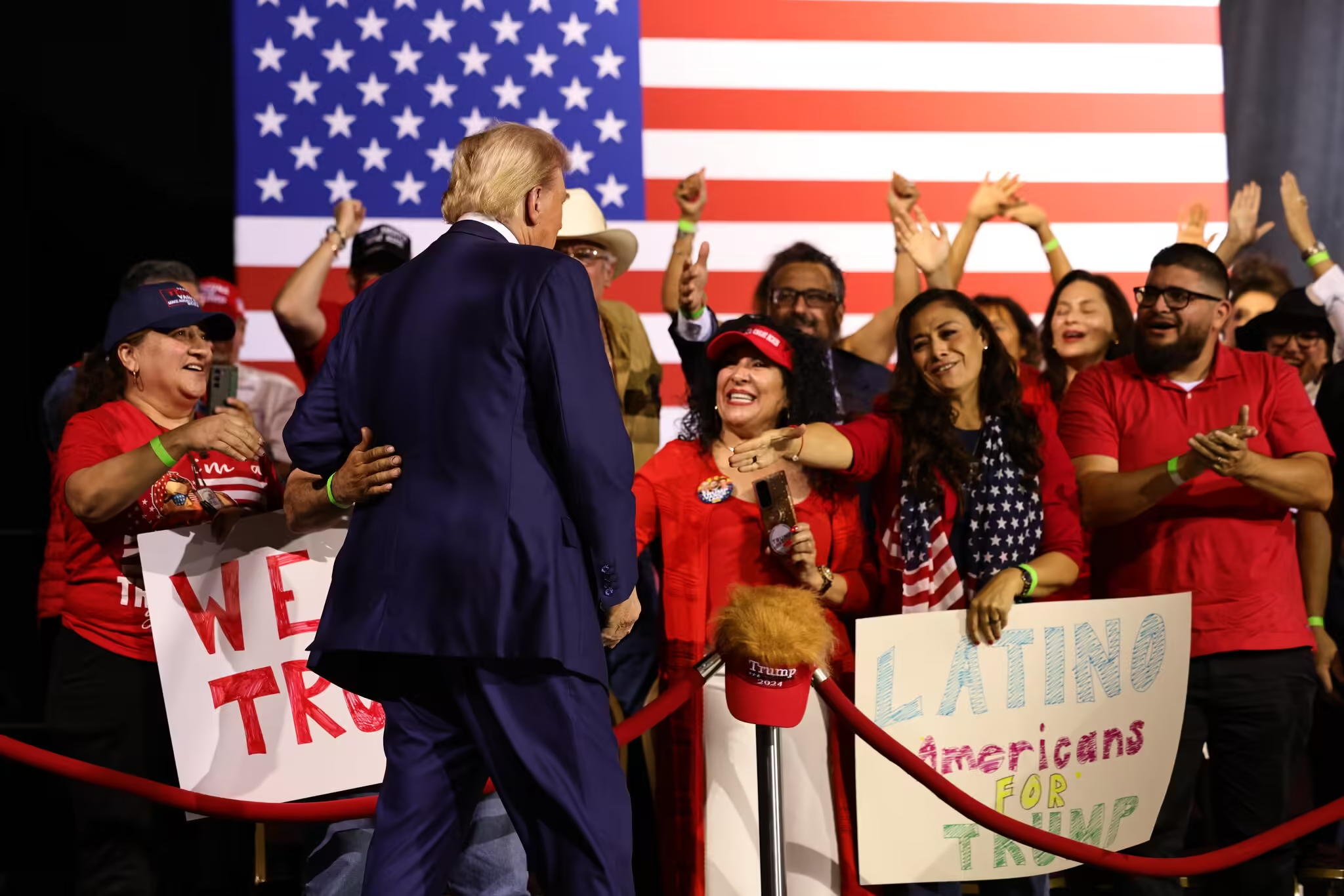Russia’s wartime economy has experienced short-term growth, driven largely by a surge in defense spending. This has helped keep unemployment low, particularly through the expansion of military and defense-related industries. Large enlistment bonuses and compensation payments to families of soldiers killed in Ukraine have channeled income into the country’s economically weaker regions, providing temporary relief in areas that have long struggled with poverty and job scarcity.
In the near term, these measures have stimulated consumer spending and propped up local economies. Factories producing arms, ammunition, and military equipment are operating at full capacity, with some expanding their workforce. Construction in border regions and occupied territories has also added to domestic demand.
However, economists warn that this model is unsustainable. The inflationary effects of unchecked government spending—particularly in the defense sector—are already being felt across the country. Prices for basic goods and services have risen sharply, eroding purchasing power, especially among lower- and middle-income households.
Moreover, Russia remains largely isolated from Western capital markets and is facing a chronic shortage of foreign investment. Sanctions and investor flight have dried up funding for critical sectors such as technology, manufacturing, and infrastructure. This has led to concerns that the Russian economy is becoming overly dependent on state-driven militarization and war-related industries, with little room for innovation or long-term competitiveness.
“Defense spending can give an illusion of growth in the short run,” said a Moscow-based economist who asked not to be named. “But without private investment and a diversified economy, Russia is risking a prolonged period of stagnation or even decline.”
Analysts also highlight the social cost. As more resources are funneled into the war effort, public spending on healthcare, education, and social services is expected to shrink. Labor shortages in civilian sectors are becoming more common, as workers shift toward higher-paying military-related jobs or are conscripted.
While the Kremlin continues to promote the idea of resilience and economic stability, the structural weaknesses beneath the surface are becoming harder to ignore. Unless investment returns to non-military sectors and inflation is brought under control, Russia may face a prolonged period of economic stagnation, rising inequality, and declining quality of life for its citizens.



